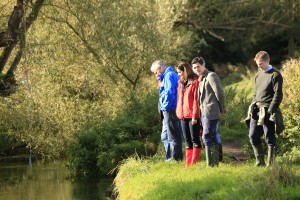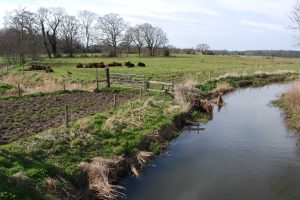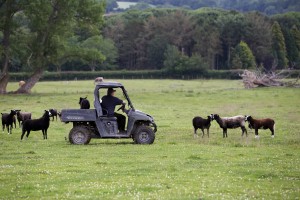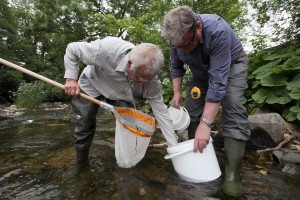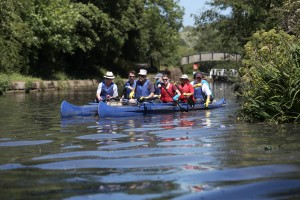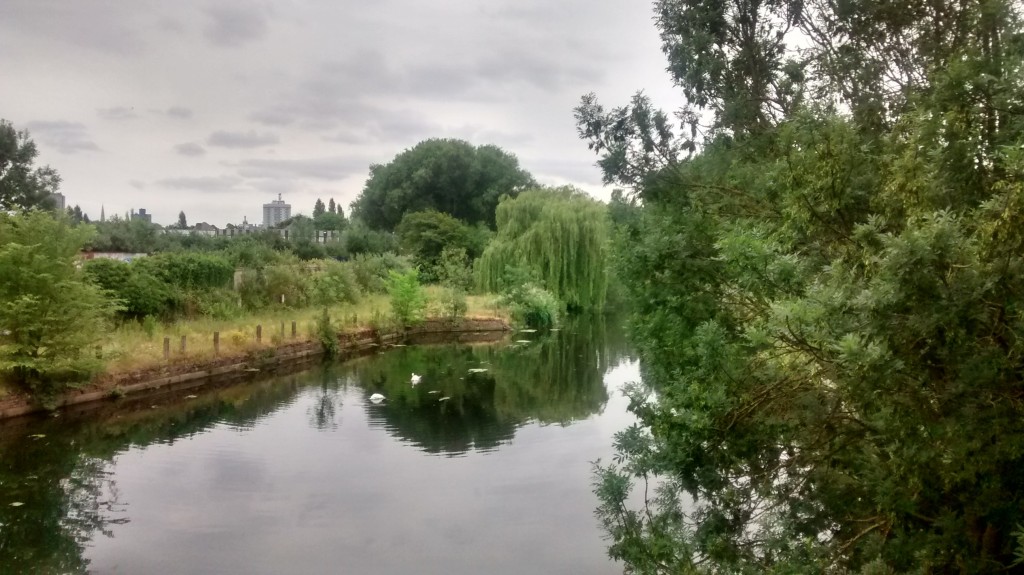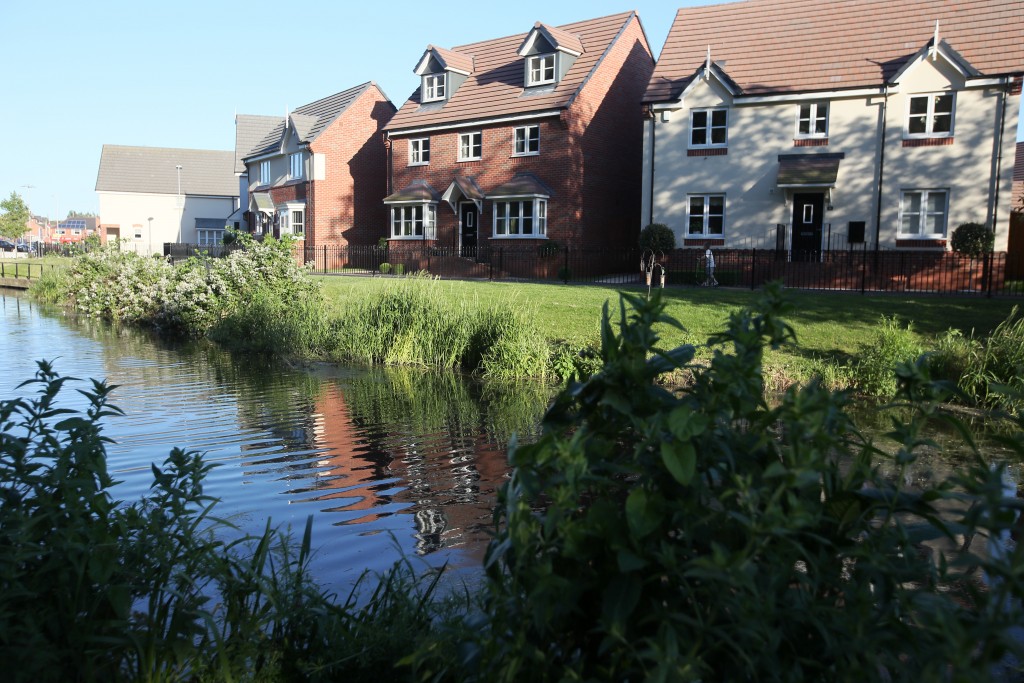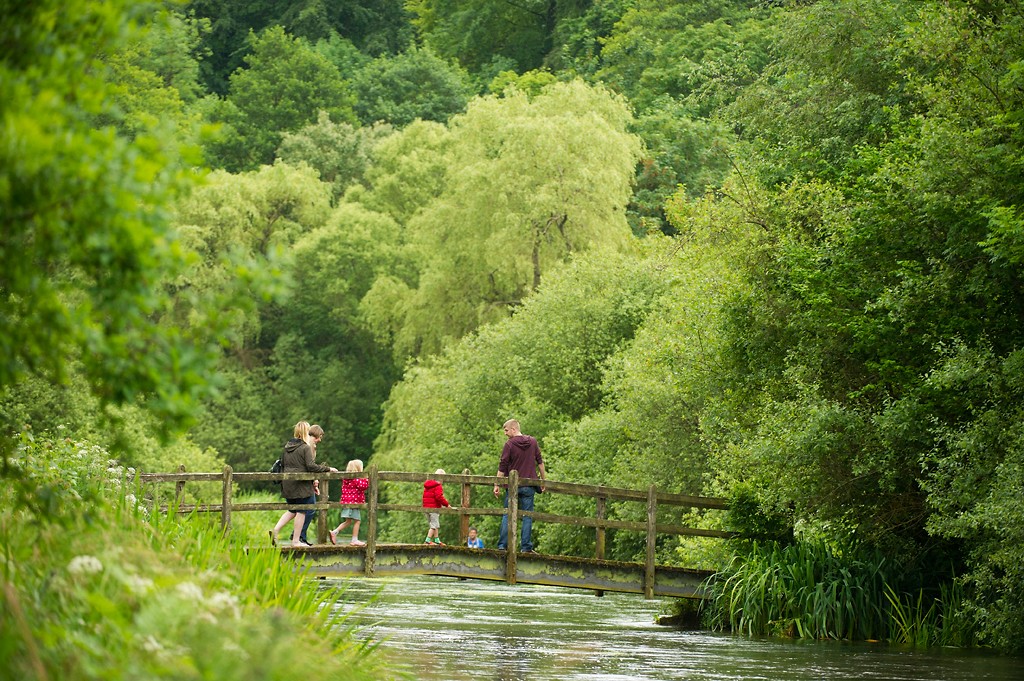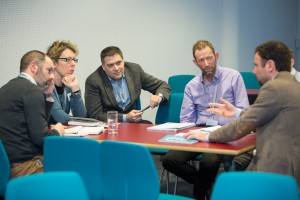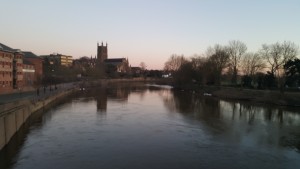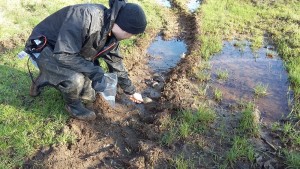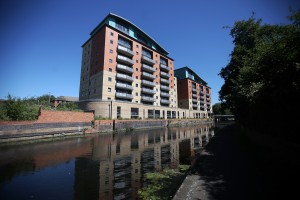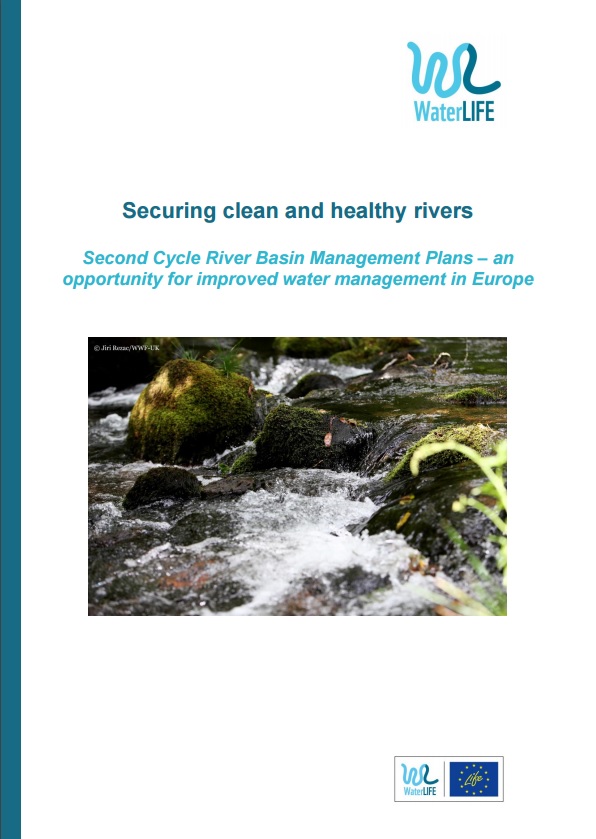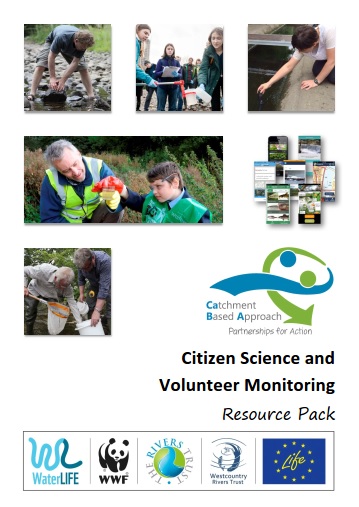
© Jiri Rezac 2015
We want to see healthy rivers, less pollution and thriving wildlife. Importantly, water company customers want to see this too. By 2027, three-quarters of our rivers and streams should be healthy. However, we have work to do: 13% of our freshwater and wetland species are at risk of extinction, only 20% of water bodies in England and Wales are at ‘good ecological status’, and the water industry is responsible for a quarter of all reasons rivers fail to meet the required health standards.
Over the next 18 months, water companies in England and Wales will be drawing up their business plans for 2020 to 2025, as part of the ‘Periodic Review 2019’ (PR19). In the last round of business plans, companies invested £42billion – which is why the business plans introduced in 2020 will play a pivotal role in the stewardship of the environment.
We are working as part of The Blueprint for Water to make sure nature is at the heart of these plans – after all, without a healthy water environment, companies would not have a product to sell.
We have four priorities that we want to see in the plans
- Protect and restore catchments from source to sea.
- Stop pollution from our waters.
- Use water wisely and price water fairly.
- Keep our rivers flowing and wetlands wet.
For more information about each priority, read our Manifesto for the Environment.
Why not ask your water company how they are planning on delivering for nature? Find your water company.
For more information about the campaign, visit for Blueprint for Water website.









